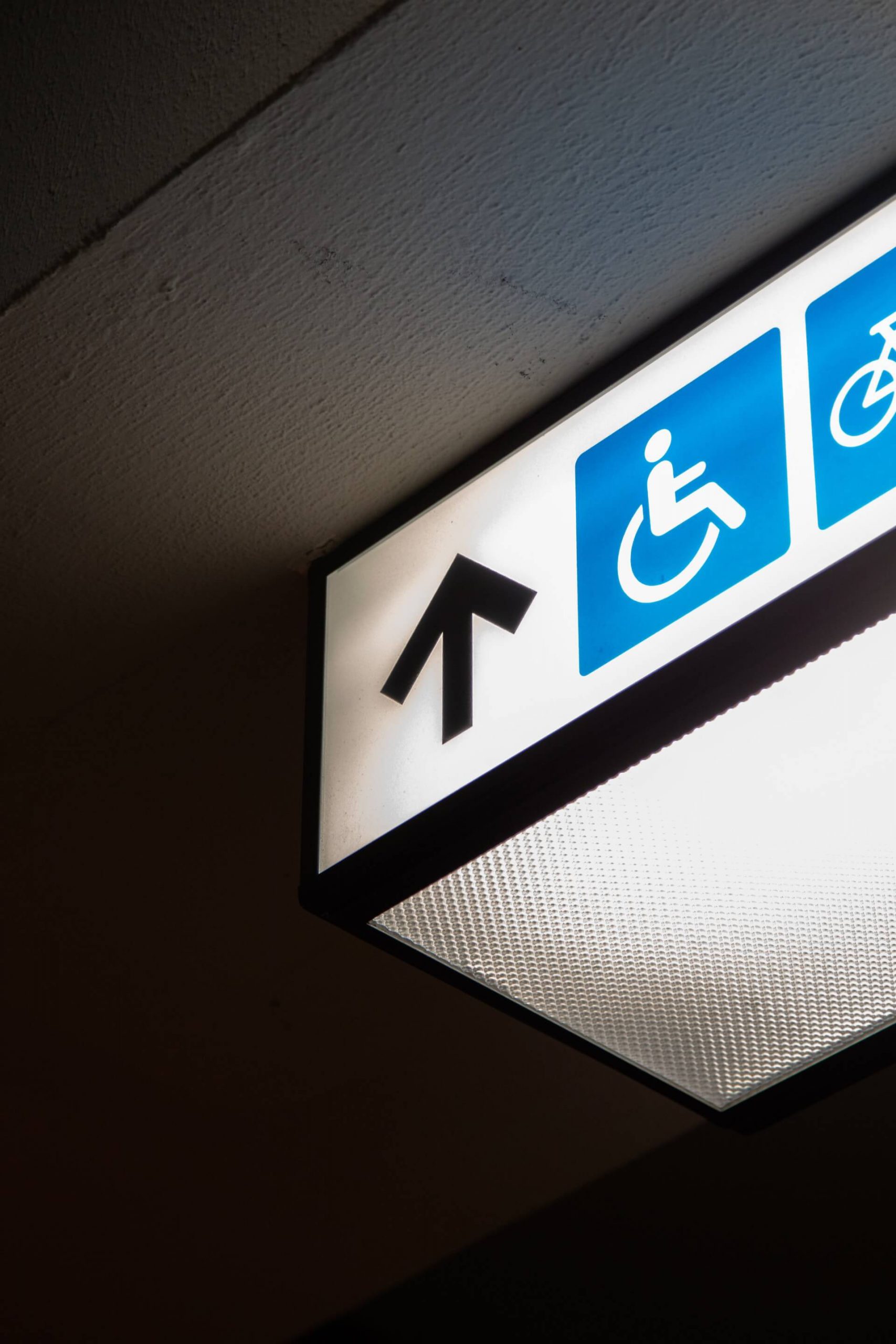People with disabilities face many challenges in their day-to-day lives that can make it difficult for them to achieve their goals and live their lives more independently. That’s where the National Disability Insurance Scheme (NDIS) comes in.
The National Disability Insurance Scheme (NDIS) is an Australian government initiative aimed at supporting people with permanent and significant disabilities. From access to assistive technology to funding for personal care and community participation, the NDIS is a lifeline for people with disabilities. Since its launch in 2013, the NDIS has provided financial support and access to services to eligible individuals who have disabilities, allowing them to live a more independent and fulfilling life.
One of the components of the NDIS is NDIS routing. It is an essential aspect of the program that ensures participants can access the support and services they require. It surely allows people to live their lives to the fullest.
NDIS Routing can be seen as a bridge that connects people with disabilities to the right support and services they need, just like a bridge connects two separate locations and makes them easily accessible to each other.
Here, we will discuss an in-depth understanding of NDIS routing, including what it is, how it works, and why it is crucial for NDIS participants and service providers.
Understanding the National Disability Insurance Scheme (NDIS)
The NDIS is a government-funded programme in Australia that is specially designed to support people with disabilities by providing funding for reasonable and necessary support and services. It is a person-centred programme that aims to empower people with disabilities to achieve their goals and live a more secure life. NDIS participants receive funding to access the support and services they require, including accommodation, personal care, and community participation.
How Does NDIS Routing Work?
NDIS Routing is done by allocating the appropriate resources and services to NDIS participants. It involves the coordination of services and resources to ensure that participants receive the support they need in their lives. The process begins with an assessment of the participant’s needs and goals, which is then used to create an individualised plan. The plan outlines the participant’s goals, the support they require, and how the NDIS will fund those support for them.
Once the plan has been created, the NDIS Routing process begins. The NDIS funds a range of support and services, including assistive technology, home modifications, and personal care. The NDIS Routing process involves matching the participant’s needs and goals with the available support and services. The goal is to ensure that participants receive the support they require to live life more peacefully.
Benefits of NDIS Routing
NDIS Routing has several benefits for participants, including the following,
- Individualised Support
The NDIS Routing process is designed to provide individualised support to participants. This means that each participant receives the support and services they really require that align with the planning they want from their life to live life more peacefully.
- Access to a Wide Range of Supports
The NDIS funds a wide range of supports and services, including assistive technology, personal care, and community participation. This means that participants can access the support they need.
- Coordination of Services
The NDIS Routing process involves the coordination of services and resources to ensure that participants receive support from the government. This means that participants can access the support and services they require without having to navigate through complex systems.
- Flexibility and Satisfaction
NDIS Routing offers flexibility to all eligible people in terms of service providers and funding, allowing participants to choose the support that suits them the best and one that aligns with their needs.
- More Independence
With the help of NDIS Routing participants are supported to live life more independently by providing them with the necessary support and services by the Australian government. It allows participants to have more control over their lives by which they can take many decisions surrounding their needs.
Let’s check a real-life scenario, a person named Jacob, who has cerebral palsy, was able to access funding for a wheelchair with the help of the NDIS Routing process. With his new wheelchair, Jacob can now move around independently and participate in community activities that were previously inaccessible to him.
- Nurturing Health and Well-being
The NDIS provides funding for a range of health and well-being services, including therapy and support programmes, which help participants improve their mental and physical health.
Let’s check a real-life scenario, a person named Jill, who has autism, received funding for behavioural therapy through the NDIS Routing process. So he was able to afford his therapist now and, with the support of his therapist, Jill has been able to develop better social and communication skills, allowing him to communicate and actively participate with his family, friends and in his community.
Conclusion
The NDIS is a vital programme that supports people with disabilities to achieve their goals and live more independently. NDIS Routing is an essential aspect of the programme that ensures participants can access the support and services they require. The NDIS Routing process involves the coordination of services and resources to ensure that participants receive the support they need. By providing all the benefits mentioned above.
Want to know how NDIS routing works? Connect with us at BlueSky.







No comment yet, add your voice below!